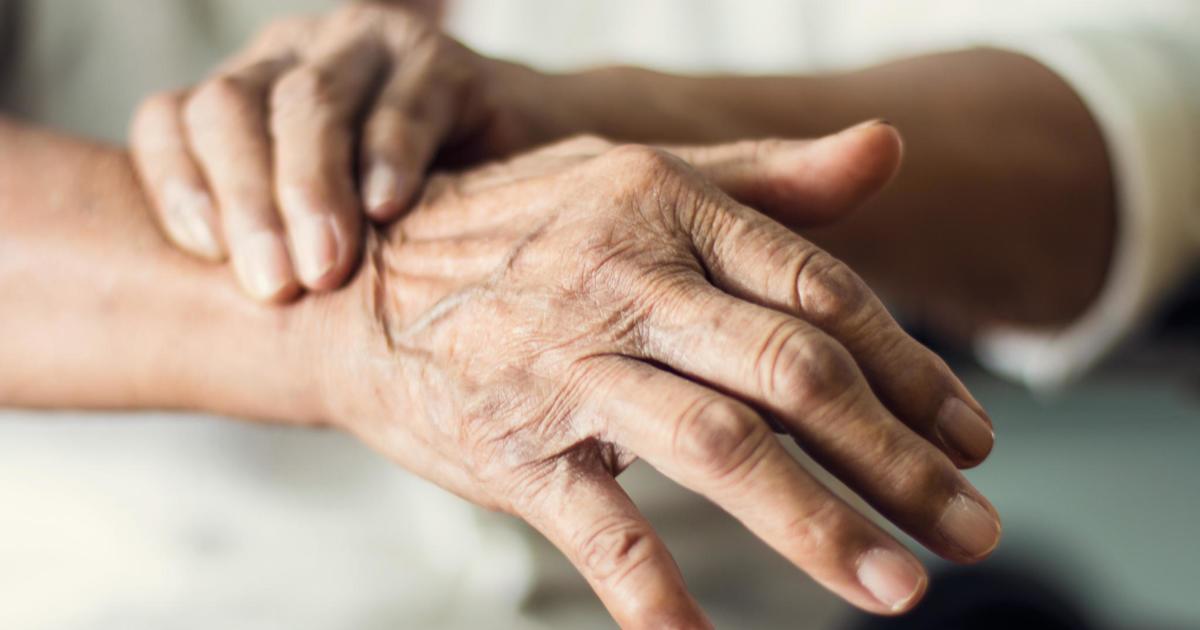What Are The Types Of Dystonia?
Focal And Multifocal Dystonia

Focal dystonia is a form of dystonia where one area of the body is affected. This part of the body can mean one muscle or a group of muscles. Focal dystonia causes the affected part of the body to produce movement due to involuntary muscle contractions. Focal dystonia is a common occurrence in the hands or feet. In these parts of the body, focal dystonia manifests with symptoms such as tremor, cramping, and repetitive motions. It is not uncommon for focal dystonia to induce arthritis from excessive use of the affected joint. Multifocal dystonia is a form of dystonia where a patient experiences symptoms in two or more different parts of their body. The two parts of the body affected in multifocal dystonia do not have to neighbor each other, such as the right arm and right leg. Symptoms that occur most often in multifocal dystonia patients include involuntary movements that have a rhythmic pattern in both parts of the body and contortions of the affected body parts. Multifocal dystonia is similar in presentation to focal dystonia but includes more than just one limb or muscle group.
Discover more information about the different types of dystonia now.